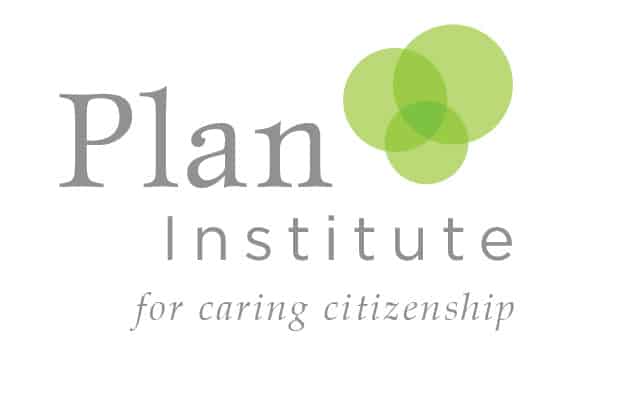By Halldor K. Bjarnason & Hiva Parandian
The new rules around Qualified Disability Trusts may affect the estate planning of those who have used trusts in their wills to leave inheritance for their loved-ones with disabilities.
Over the years, trusts have become less and less beneficial from a tax perspective. Trusts are treated as separate entities for tax purposes. Each year, they pay tax on all “retained income” – income not paid to the beneficiary. Trust income is taxed at the highest marginal rate. In British Columbia, this is approximately 47%. This implies that for each dollar of income that a trust makes from investments, 47 cents gets paid in income tax.
Until the 2016 taxation year, testamentary trusts (trusts created upon the death of the settlor, typically through a will), got special treatment. Just as income of a real person, testamentary trusts were taxed at a graduated rate – meaning, the rate of tax increased with the annual level of income. For example, in the 2016 tax year, for income under $39,000, the marginal tax rate was 20.06%. This gradually increased until all income over $203,000 was taxed at 47.7%. Put simply, for many testamentary trusts, this translated into paying about half as much tax as a regular trust.
This made it prudent, in most cases, to create as many testamentary trusts as possible.
As of January 1, 2017, this all changed. Under the new tax regime, ALL trusts are now taxed at the highest marginal rate except for testamentary trusts during the first 36 months after death, and a new type of trust called a “Qualified Disability Trust” (a “QDT”). Fortunately, QDTs still get the graduated tax rate. To be a QDT, the trust must:
- Be testamentary;
- Be resident in Canada (ie. the trustee must live in Canada);
- Have a named beneficiary who qualifies for the Disability Tax Credit; and
- Have the trustee and the qualified beneficiary jointly elect, annually, for the trust to be a QDT.
A beneficiary can only have one QDT per year, but can elect to have a different trust as the QDT each year.
The new rules create a number of estate planning challenges. For example, where parents don’t live together or share assets, each will typically want to create a testamentary trust for their son or daughter with a disability. Unfortunately, only one trust will be an eligible QDT in any given year.
The new QDT rules, particularly with blended or split families, or with different pools of assets, may significantly affect how we plan our estates.
To learn more about about this topic, join our Wills, Trusts, and Estates workshop facilitated by Halldor.
